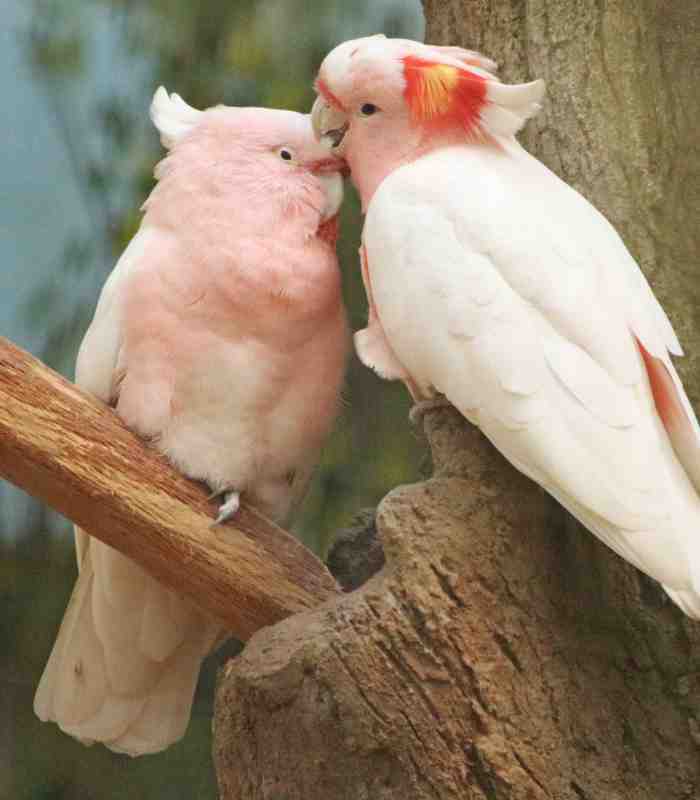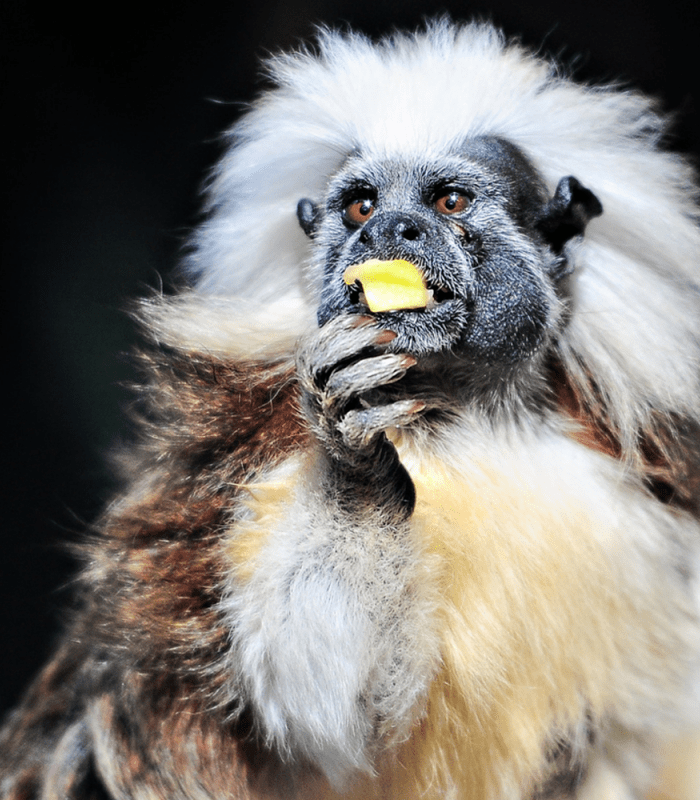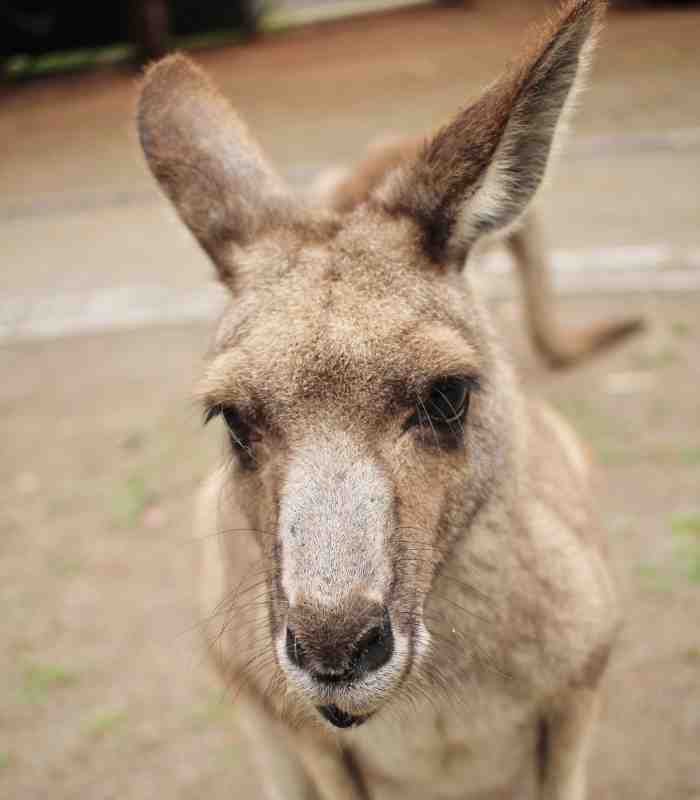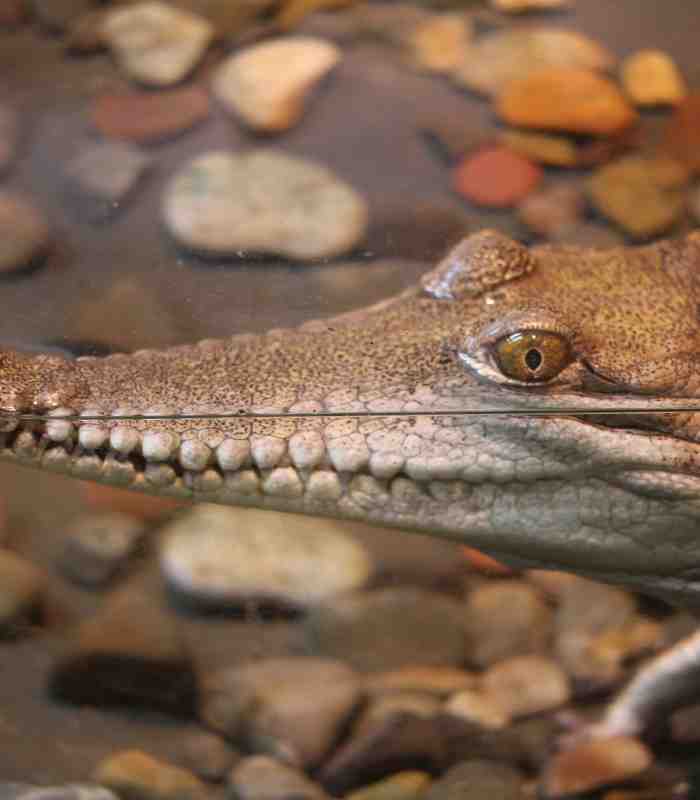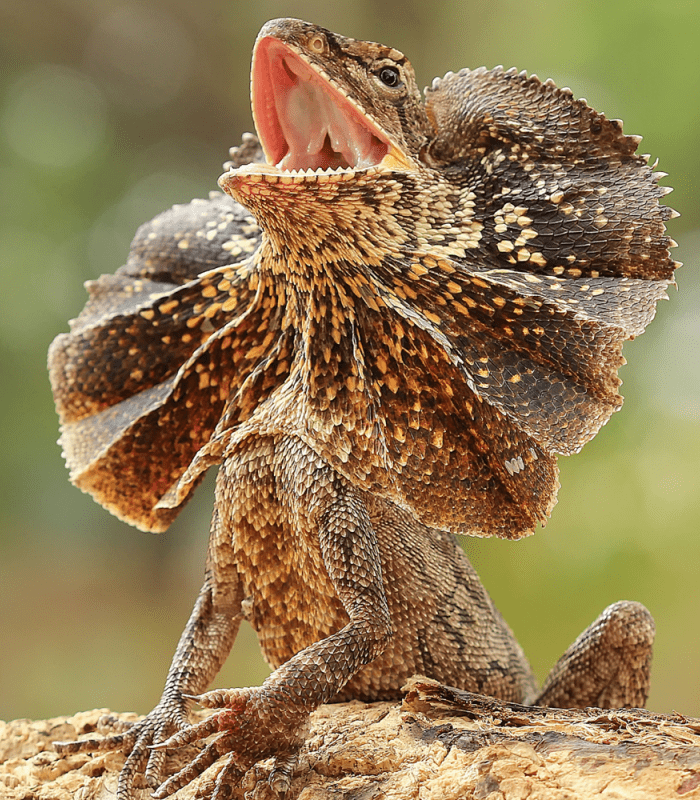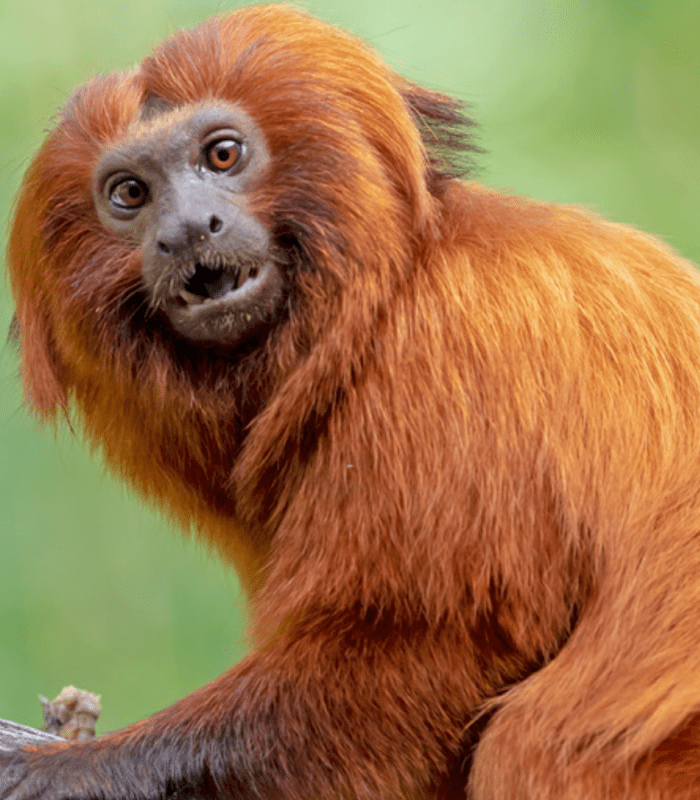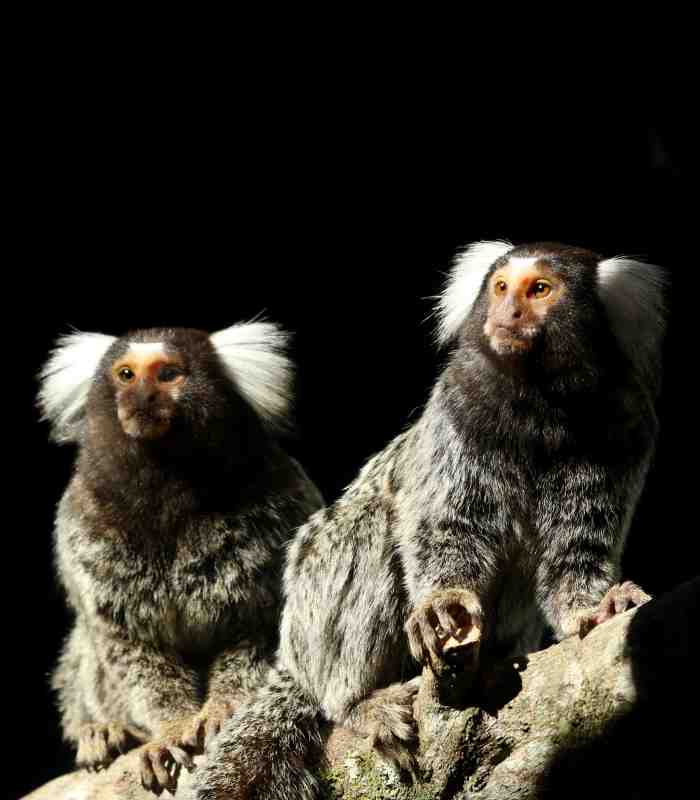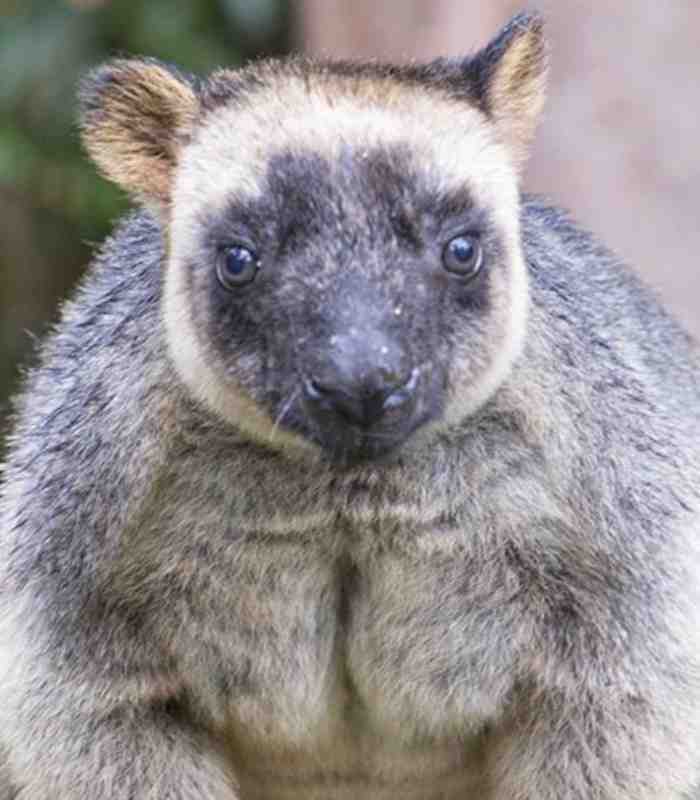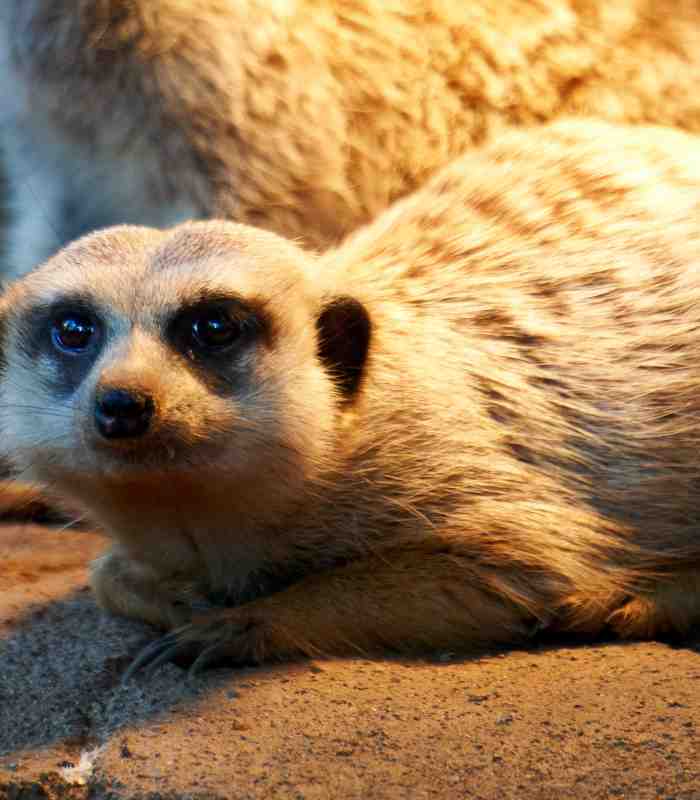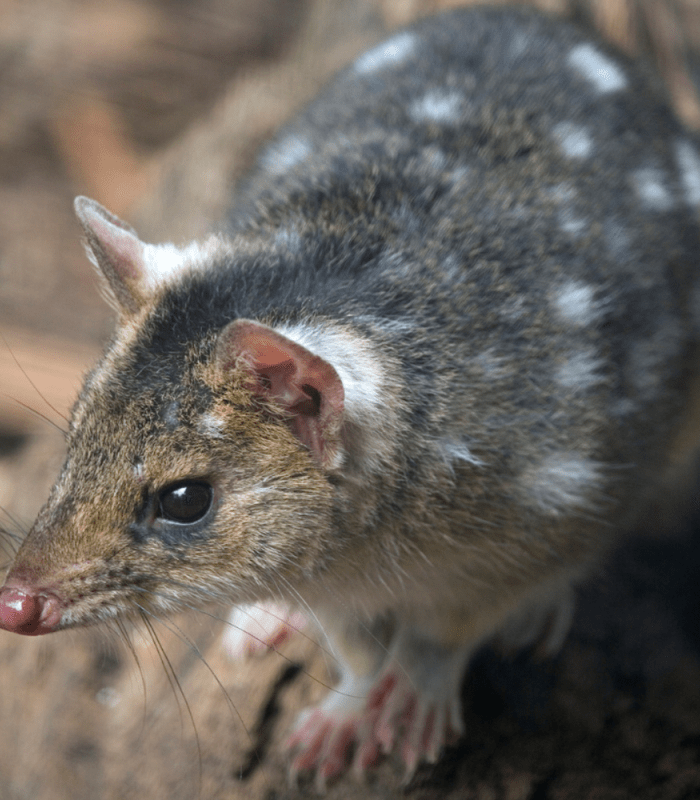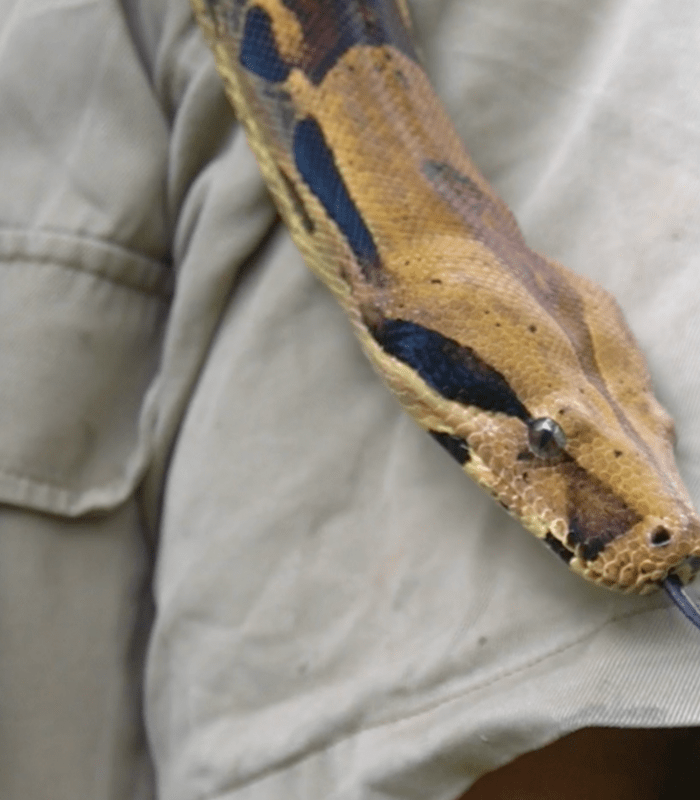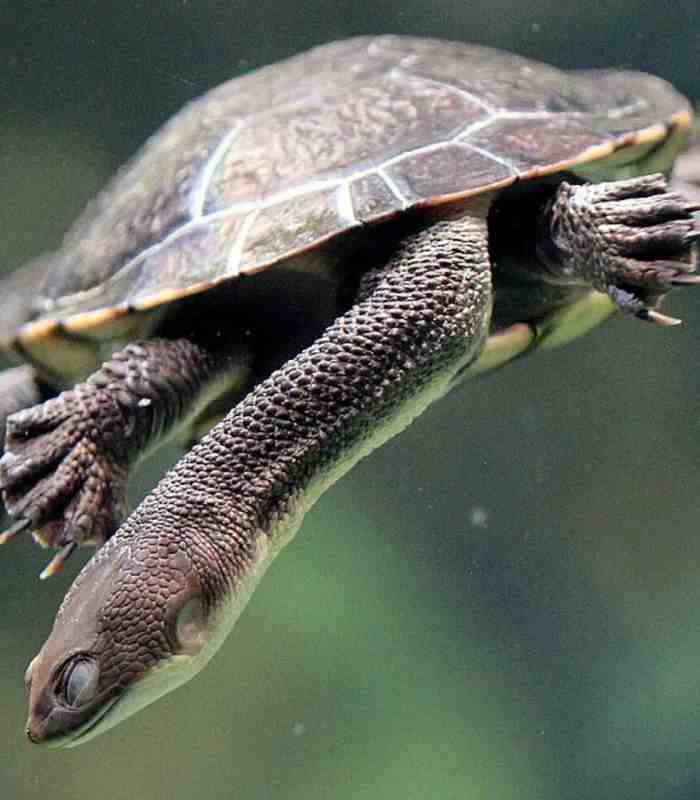At Billabong Zoo, we are committed to conservation through education and this means helping humans to live harmoniously with animals.
With some animals this is easy, with others not so much... consider snakes. There is so much fear around snakes and how to deal with them because of the potential consequences, that they are viewed as enemies.
Part of our job at the Zoo is to help people understand them better, how to be cautious and respect them and in the case of a snake bite, how to apply first aid. With better education, we can live together.
How dangerous are our snakes in Australia?
We have about 170 species of snakes in Australia with 115 of those being venomous. 23 species are on our local Mid North Coast region with 18 being venomous. The following snakes are among the most venomous snakes on the planet, capable of potentially fatal bites:
- Taipans
- Brown snakes
- Tiger snakes
- Death Adders
- Black snakes
- Copperhead snakes
- Rough Scaled snakes
- Some sea snakes.
How to best avoid snake bites
If you see a snake, keep your distance and let it move away from you calmly.
If you are bitten by a snake, you need to treat it as potentially life-threatening and call triple zero (000) or (112 from a mobile phone) for an ambulance.
There are two types of bites, dry bites and venomous bites.
A dry bite is when the snake bites but doesn’t inject any venom. Once the bite has been medically treated, antivenom is not needed although the area may become red, swollen and painful.
A venomous bite is when the snake releases venom into the wound. Snake venom contains poisons that are designed to stun, numb, or kill other animals.'
Symptoms of a venomous bite include:
- Severe pain around the bite, this might come on later.
- Swelling, bruising or bleeding from the bite.
- Bite marks on the skin (these might be obvious puncture wounds or almost invisible small scratches).
- Swollen and tender glands in the armpit or groin of the limb that has been bitten.
- Tingling, stinging, burning or abnormal feelings of the skin.
- Feeling anxious.
- Nausea (feeling sick) or vomiting (being sick).
- Dizziness.
- Blurred vision.
- Headache.
- Breathing difficulties.
- Problems swallowing.
- Stomach pain.
- Irregular heartbeat.
- Muscle weakness.
- Confusion.
- Blood oozing from the site or gums.
- Collapse.
- Paralysis, coma or death (in the most severe cases).
To put this into perspective, there are about two deaths per year from snake bites in Australia.
Snake Identification
Whatever you do, do not try to kill the snake, it could become even more aggressive plus you don’t need to identify the snake for medication/antivenom. Just make sure you do not wash the area around the bite or clothes as there are snake venom detection kits. These are used to identify which snake venom needs to be used. Antivenom is available for all Australian snakes.
First Aid
- DO NOT apply a tourniquet.
- DO NOT cut the wound or attempt to suck the venom out.
- DO NOT wash the bite.
- DO NOT try to catch or kill the snake.
- DO NOT give drugs, alcohol etc.
Venom is circulated around the body by the lymphatic system before it enters the blood stream. This is why it’s so important for the person that has been bitten to remain calm and very still as our lymphatic circulation works through movement of our muscles.
Pressure immobilisation bandage
A pressure immobilisation bandage is recommended for anyone bitten by a venomous snake. This involves firmly bandaging the area of the body involved, such as the arm or leg, and keeping the person calm and still until medical help arrives.
Follow these steps to apply a pressure immobilisation bandage:
- First put a pressure bandage over the bite itself. It should be tight and you should not be able to easily slide a finger between the bandage and the skin. If you think it’s not tight enough, just add another bandage over the top – do not remove it and start again.
- Then use a heavy crepe or elasticised roller bandage to immobilize the whole limb. Start just above the fingers or toes of the bitten limb, and move upwards on the limb as far as the body. Splint the limb including joints on either side of the bite.
- Keep the person and the limb completely at rest. If possible, mark the site of the bite on the bandage with a pen.
A guide to pressure immobilisation bandages can be found on the Australian Resuscitation Council website: resus.org.au
Sources: healthdirect.gov.au & Reptile Solutions.com.au

